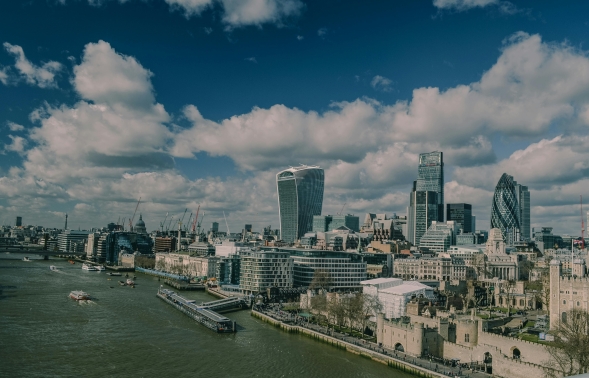Despite the inflation rate rising sharply to 3%, its highest level since March 2024, this does not mean that the Bank of England is set to halt or reverse its interest rate-cutting stance. This is even as prices are expected to continue to grow across 2025.
A combination of factors will contribute to an extended period of inflation rises. Some of these — rises in employer National Insurance Contributions and the National Living Wage from April — have been well-documented.
Increases in household utility bills will provide an even greater uplift on prices. From April, the national average household water bill will increase by £123 a year to £603, a considerable uptick of 26%; the cap on energy bills is expected to rise by 5% in the same month, costing the average household an additional £85 a year.
However, this will not frighten the Bank off its plan to cut interest rates across 2025 because these are regulated price increases. In recent years, the Bank has had to adjust interest rates in reaction to global economic dislocation and supply chain disruptions, as well as other sustainable inflationary pressures. The current rise is instead driven by one-off government expenditure and utility bill increases. A close watch will be kept on price rises for some months ahead, but the Bank will be content knowing that sustainable inflationary pressures remain cooled, at least for now.
It is also important to remember that at the height of the 2021-2023 crisis, inflation remained above 9% for 12 consecutive months, even reaching a 41-year high of 11.1% in October 2022. Inflation lingering around 3-4% will not be ideal — we agree with the Bank that inflation may climb close to 4% by the end of Q3 — but it is not cause for panic.
When the Monetary Policy Committee last met to decide interest rates, all nine members voted for a cut, with two backing a double cut of 0.5%. With the UK economy continuing to display weak growth, more interest-rate cuts are expected throughout 2025, perhaps one per quarter.



















